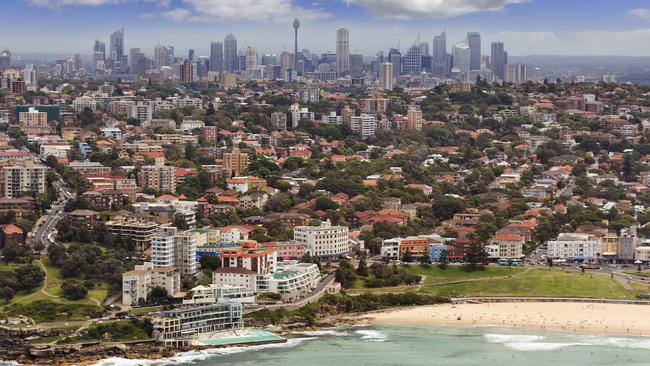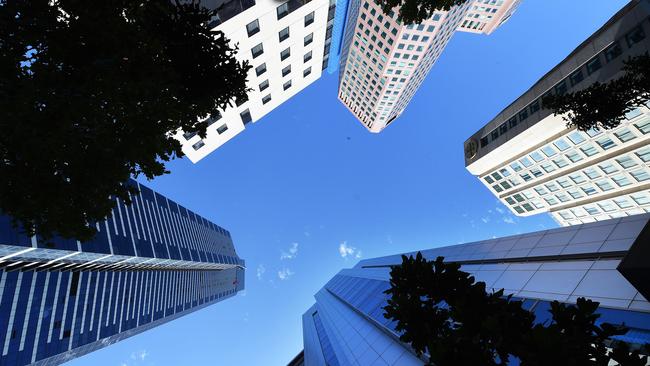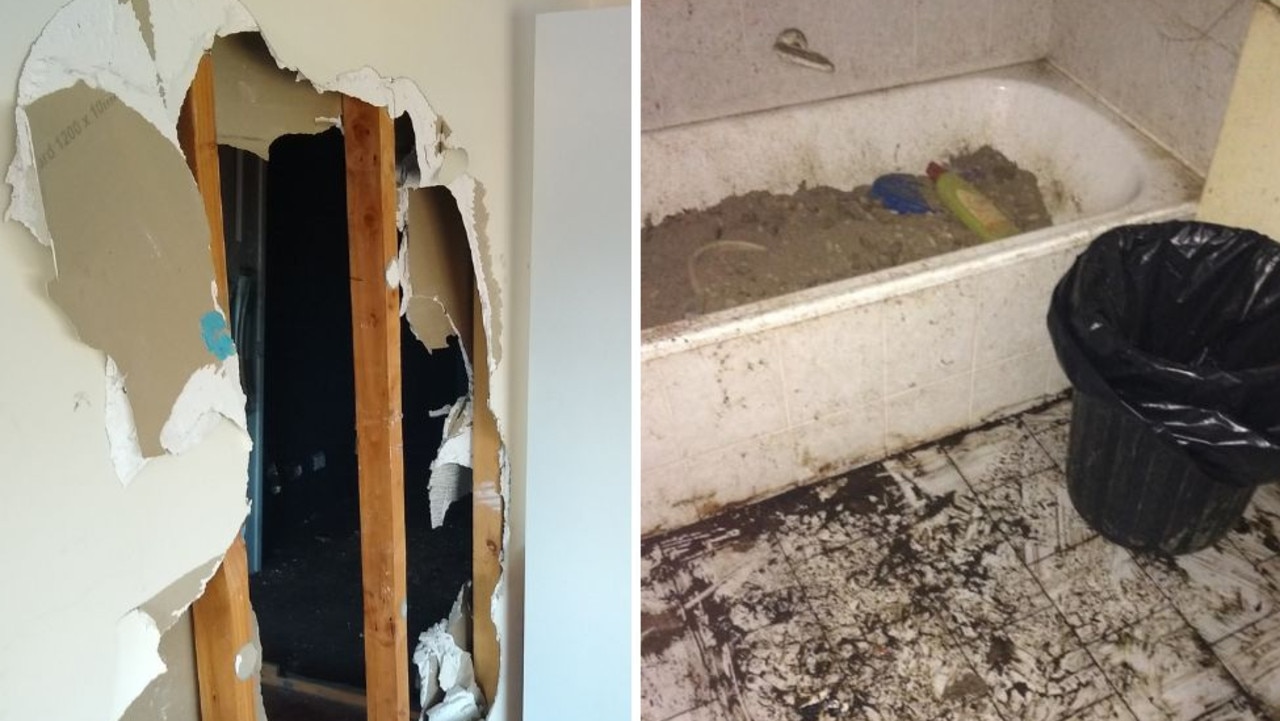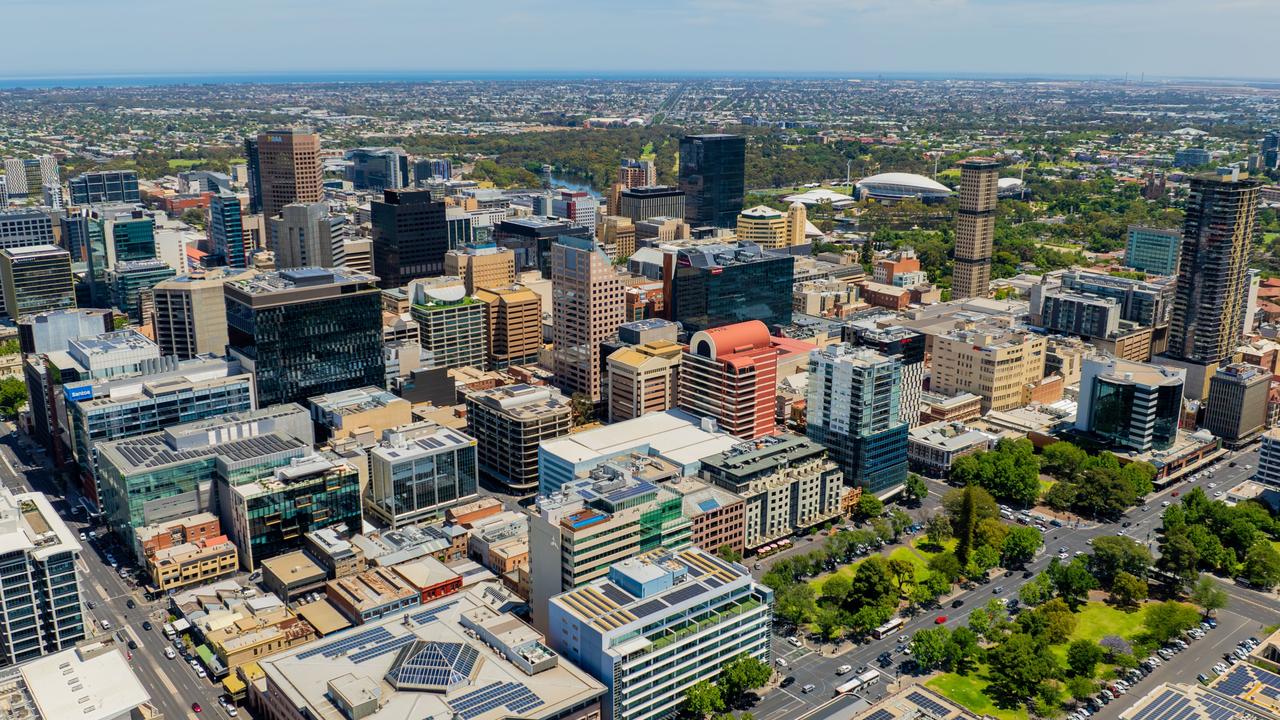There is an oversupply of apartments in Melbourne
THERE are problems starting to emerge in Melbourne’s apartment market but it’s something that is making renters rejoice.

YOU want a place to live? Take your pick.
Renters in Melbourne and Brisbane right now are like kids in a candy store, they can basically have whatever they want, almost for whatever price they want.
You want to live in Melbourne’s CBD for a fair price? Done.
You also want a brand new apartment with all the amenities? No problem.
Renters have the power in the apartment market right now because there’s a huge oversupply of dwellings and investors are forced to bring down prices to compete with others who are also trying to fill their empty properties.
BIS Shrapnel has recently released a report that states there will be too many homes in Melbourne next year.
According to the 2016 Building Industry Prospects report, Melbourne will have an oversupply of more than 20,000 homes by 2017.
BIS Shrapnel managing director Robert Mellor said there were record levels of apartment construction in the last 18 months.
But Sydney renters aren’t so lucky, with the city suffering from an undersupply of housing instead.
“It’s so severe we won’t see an oversupply in Sydney in the next four years,” Mr Mellor said.
“A downturn in Sydney between 2004 and 2012 was so severe, basically only in the last 12 months we’ve started to see construction move above the level of demand.”

SO WHY ARE THERE SO MANY VACANT APARTMENTS IN MELBOURNE?
Mr Mellor said population growth had slowed and the number of people travelling to Melbourne on long-term or holiday visas had dropped.
In 2012-13, there were about 230,000 people who migrated but in the last financial year, there were only about 150,000.
New ABS data has found Melbourne is Australia’s fastest growing capital and the population increased by 2.1 per cent in 2014-15, but that number was slightly down on the year before.
Mr Mellor said a thriving population led to an influx of apartment constructions across the city.
“There’s been a phenomenal boom in high density apartment construction and the numbers have risen dramatically in the last four years,” Mr Mellor said.
“Across the country our construction is up 125 per cent, there are 61,000 apartment constructions across Australia.”
With so many apartments shooting up like weeds over the last few years, Mr Mellor said we’ve reached a time where Melbourne can too easily cater to the demand.

WHERE IS EVERYBODY LIVING?
Mr Mellor said people were less likely to forge their own households these days.
Because of housing affordability, Mr Mellor said many were staying at home longer to save money to possibly buy their own homes.
For those who are leaving home early, very few live by themselves.
Instead of getting their own place or renting with one or two others, Mr Mellor said people were now moving in with larger groups, creating bigger households in a bid to also save money.
This results in less apartments being snapped up.
THE BLACK LIST
Australian Financial Review reports apartment lender AMP Bank black-listed more than 140 suburbs because of fears of oversupply and falling prices.
A spokesman for AMP said the business identified certain high density areas and put provisions in place to manage risk and oversupply.
Those wanting to build in black-listed areas will have to face tougher terms and conditions and be investigated more thoroughly when it comes to one’s ability to pay back loans.
AFR reports Melbourne, the city’s World Trade Centre and Southbank are on the black list along with South Yarra, Docklands and South Melbourne.
Darwin has also been listed and spots around Adelaide, Perth and Brisbane.
Despite an undersupply in Sydney, apartment building has also been restricted in Sydney suburbs like Zetland, Waterloo and Haymarket.

WHAT WILL HAPPEN NOW?
Melbourne’s oversupply is just another cycle that needs to run its course, according to Mr Mellor.
He said investors will just have to suck up a fall in rental prices over the next few years.
Those with properties in the CBD, Docklands or Southbank might see an increase in competition and it is likely they will have to offer cheaper rent to draw in some tenants.
Mr Mellor believes cheaper rent will start to draw more people into the city, which could fill the void over time.
This oversupply will however impact the housing market over the next three or four years as it will scare off investors.
“I’ve watched the market for 30 years and it always has cycles,” Mr Mellor said.
“It’s been a while since we’ve seen an oversupply.”
Those with older apartments will feel the burden of the oversupply the worst and Mr Mellor said the price on those had to be dropped even more to compete with modern-style apartments.
“Unless someone does some work on those apartments to do them up, they’ll be the ones to suffer the most,” he said.
The only solution to the oversupply is to obviously stop building.
“We could be talking about a 60 per cent decline in dwelling commencement in the next three or four years,” Mr Mellor said.
“We’ll see a big decline and then we will go through a period where we aren’t building enough and then we will probably see Melbourne undersupplied, but that could be five to seven years away.”




